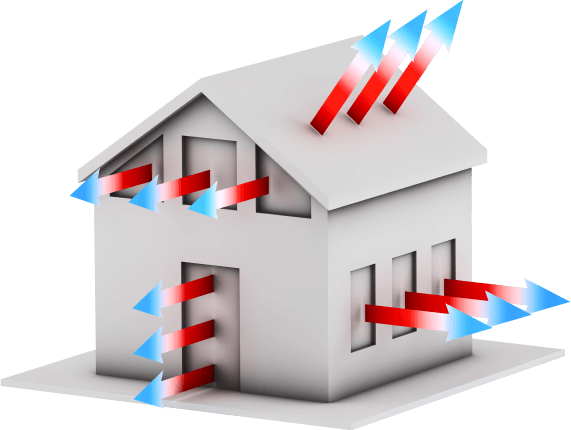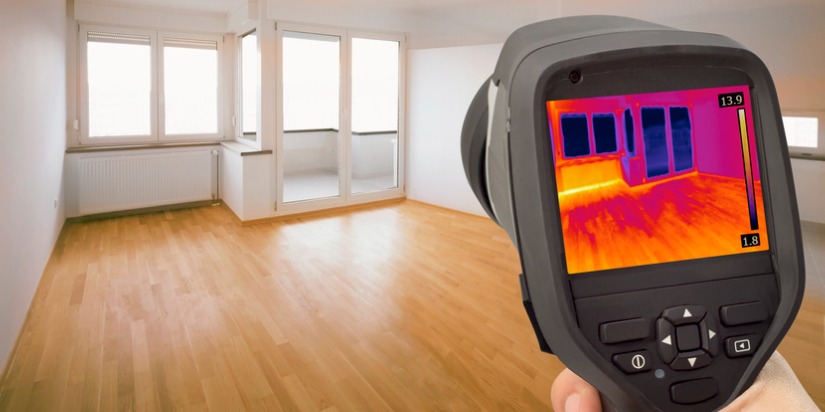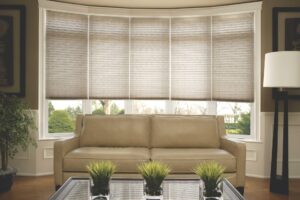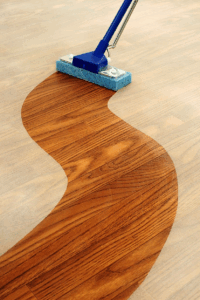Proper window insulation is essential for boosting your home’s energy efficiency and comfort, particularly during colder months. Implementing the right insulation techniques can significantly reduce heat loss, lower energy bills, and create a more comfortable living space. This article explores various methods, from DIY solutions to advanced thermal insulation techniques, to help you learn how to insulate home windows effectively.
Window Insulation Techniques for Energy Efficiency
Insulating your windows can be accomplished through several effective methods designed to prevent drafts, reduce heat loss, and improve the overall thermal performance of your windows. Popular techniques include weatherstripping, applying insulating window film, and using energy-efficient window coverings.

DIY Window Insulation: Simple and Cost-Effective Solutions
For those looking to improve window insulation without professional assistance, DIY methods offer accessible and affordable options. You can easily apply weatherstripping to seal gaps around windows or install plastic window insulation kits that create an additional insulating barrier. These DIY solutions are perfect for homeowners seeking quick and effective ways to reduce drafts and heat loss.
Thermal Window Insulation: Enhancing Heat Retention
Thermal insulation involves using materials that enhance a window’s ability to retain heat. Double glazing, which consists of two glass panes separated by a layer of gas or air, is a popular option. Additionally, insulating window treatments such as thermal curtains or blinds can further improve a window’s ability to keep your home warm.
| Window Material | Durability | Energy Efficiency | Cost | Aesthetic Appeal |
|---|---|---|---|---|
| Vinyl | High | High | Moderate | Versatile |
| Aluminum | High | Moderate | Low | Sleek, Modern |
| Wood | High | High | High | Classic, Warm |
| Fiberglass | Very High | Very High | High | Contemporary |
| Composite | High | High | High | Innovative |
Weatherstripping Windows: A Key Step in Draft-Proofing
Weatherstripping is a simple yet effective way to seal gaps around windows, preventing cold air from entering your home and warm air from escaping. There are various types of weatherstripping materials available, including adhesive-backed foam, V-strip, and felt. Properly installed weatherstripping can significantly reduce drafts and improve your home’s overall energy efficiency.
Energy-Efficient Window Coverings: Stylish and Functional Insulation
Energy-efficient window coverings, such as cellular shades, thermal curtains, and insulating blinds, offer both style and functionality. These coverings are designed to trap air and provide an additional layer of insulation, reducing heat loss through your windows. By choosing the right window coverings, you can enhance your home’s energy efficiency while also improving its aesthetic appeal.
Insulating Window Film: A Transparent Solution
Insulating window film is a transparent, adhesive layer that can be applied directly to your window glass. This film helps reduce heat loss by reflecting heat back into your home, making it an excellent option for improving insulation without obstructing your view. It’s also a cost-effective and easy-to-install solution for homeowners looking to enhance their windows’ thermal performance.

Double Glazing for Windows: An Advanced Insulation Technique
Double glazing is a popular window insulation method that uses two panes of glass with a space between them, typically filled with air or gas, such as argon. This design creates an insulating barrier that reduces heat transfer, making double-glazed windows more energy-efficient than single-pane windows. Although the initial investment may be higher, the long-term energy savings and comfort benefits make double glazing a worthwhile consideration.
Conclusion
Understanding how to insulate home windows is essential for creating an energy-efficient and comfortable living space. By implementing effective window insulation techniques, such as weatherstripping, caulking, and using insulating window film, you can reduce heat loss, lower energy bills, and enhance your home’s comfort. Whether you opt for DIY solutions or invest in advanced methods like double glazing, properly insulating your windows will lead to significant energy savings and improved home comfort.




